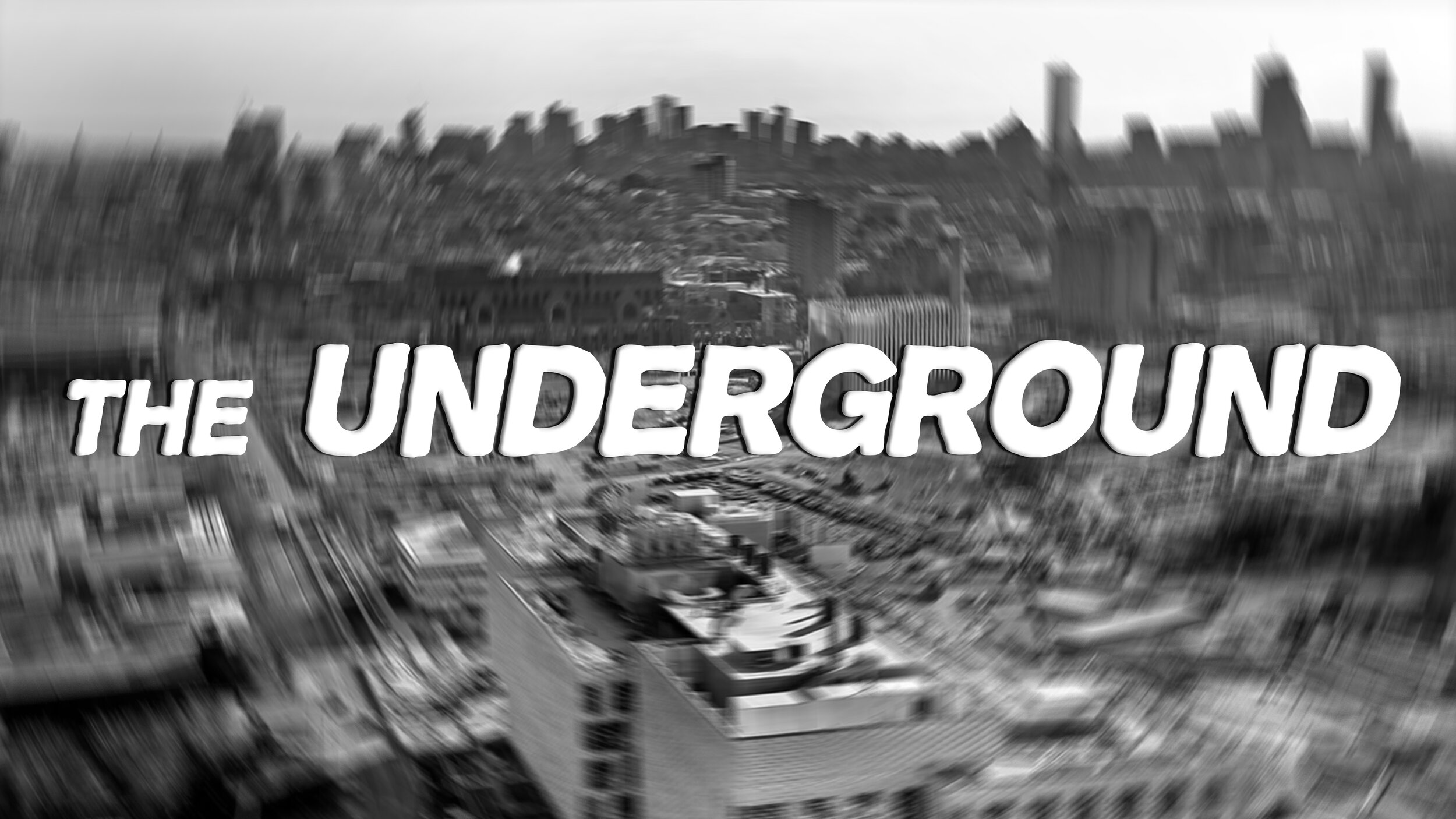The Underground Celebrates 40 Years
by Erin Christie
A breeding ground for cockroaches and the absolute scum of the city, Allston, Massachusetts was a hub for post-punk as the movement gradually moved into the United States during the early ’80s. One of the city’s key post-punk venues, The Underground, drew a crowd of mourners when it closed on June 14, 1981; before losing the building’s lease to Boston University (which converted the space into a dormitory), its doors had only been open for fifteen months. Despite its short-lived stint, many acts in the midst of the post-punk breakthrough of the time—including Bauhaus, Au Pairs, and Delta 5—made the venue home for an evening or two.
On the evening of the venue’s last hurrah, Boston band The Neats ended their set with two tracks: “Another Broken Dream” and a cover of the 13th Floor Elevators’ “You’re Gonna Miss Me.” As they played, audience members took out their pent-up frustrations by punching holes in the walls, tearing down ceiling tiles, and turning the place into a war-zone. After all, they had a right to be upset—their home was being taken away.
The Neats perform the last song ever at the Underground on June 14, 1981. Recorded by Jan Crocker, KINODV, for the Flashpoint website: https://www.kinodv.net/
This week, The Underground celebrates the 40th anniversary of its debut.
When booking manager and promoter, Jim Coffman, kick-started The Underground in February of 1980, he was a nineteen-year-old student at Boston University. When thinking back, Coffman describes his college-age self as “a regular club guy, having seen every show [he] could afford to see” at Boston venues such as The Rat, Paradise, Cantones, and The Space throughout the ’70s and ’80s. At the start of the post-punk craze and with his love for live shows in mind, he convinced his then-managers at the bar Sweet Virginia to convert the space into a DIY venue.
Soon enough, the venue’s logo, a lightning bolt, decorated the city in fliers, posters, and more. If you didn’t know about The Underground, you’d have to have been living under a rock.
At the time, stateside and abroad, a sort of musical revolution was taking place. In the late ’70s, with the fall of classic punk—arguably marked by Sex Pistols’ descent—came the emergence of a new sub-genre, eager to kick-start change: post-punk. The label groups together a wide range of different musical, sociological, and aesthetic features that can’t be described as “punk,” which makes it difficult to pin down; one true definition might not even exist. Despite retaining punk’s social consciousness, what sets post-punk apart is its experimentation in instrumentation.
As Coffman says, “Post-punk was and is not a genre to me. It was a transitional term people used to differentiate and broaden things since there were so many hybrids and influences at that time.” Through the embrace of electronics, noise, jazz, avant-garde, and the production techniques of dub reggae and disco, post-punk introduced listeners to a new world of sound. With this new genre, a new culture emerged, and that’s where The Underground came into play.
“People needed a comfortable place to play or see bands,” Coffman explained regarding what inspired him to helm The Underground. “I had been a punk and new wave fan for over three years already. Other bookers in town were not [as] aware of trends as I was.” His foresight in regards to the time’s musical trends helped the venue flourish—it attracted bands you couldn’t find anywhere else.
The Underground, a bit of a “glorified bar” as Coffman notes, became a staple of the city’s live music culture at the time, even if it could only legally house just over 100 people each gig (at $3-5 cover). Though the room was equipped with criminally low ceilings and minimal lighting, that didn’t stop bands from wanting to play there and crowds from packing the room. Soon enough, hosting bands as noteworthy as The Cure—and even going so far as to let them crash in his small apartment—was another ordinary part of the day for Coffman.
Fabulous relatively early live footage of The Cure. Great quality, especially for the vintage. Many thanks to whomever pulled this together as well as to the…
Even more remarkably, New Order’s second gig in the United States was hosted at The Underground, netting the band a small haul of $300. In an article for Boston Flashpoint—an archival site for Kino Digital Video’s stash of Boston live music content circa 1978-1982—Jim Sullivan wrote about the show: “It was a short set, just seven songs, all three guys sharing lead vocals because no one knew who the lead singer was to be yet,” noting that this tour took place shortly after Ian Curtis’ death and the formation of the band.
“It was like that film where the family goes on holiday and everything that could possibly go wrong did. It was hilarious. Ian must have been pissing himself laughing,” said bassist Peter Hook in an interview with Sullivan. Gigs like this are proof of how special The Underground really was; it was impossible to leave without a story or two.
To Coffman, the venue was a haven for people to experience more eclectic and foreign bands—those who oftentimes didn’t have anywhere else to play—and its legacy was established, in part, due to how different it was. It wasn’t pretentious or overly-commercial; it was a place where music-lovers could go to simply enjoy their favorite up-and-comers live.
With that in mind, Coffman can at least somewhat claim credit to Boston’s own post-punk genesis, as his role in the establishment of such a legendary venue, simply out of passion, essentially piqued the city’s interest in a niche genre making waves abroad.
Getting off the Green Line at Packard’s Corner in the current day, you, unfortunately, won’t see The Underground posted up at 1110 Commonwealth Ave. anymore—today, the L-shaped room where so much history was made is a laundry room. It’s legacy, however, is ever-present.

